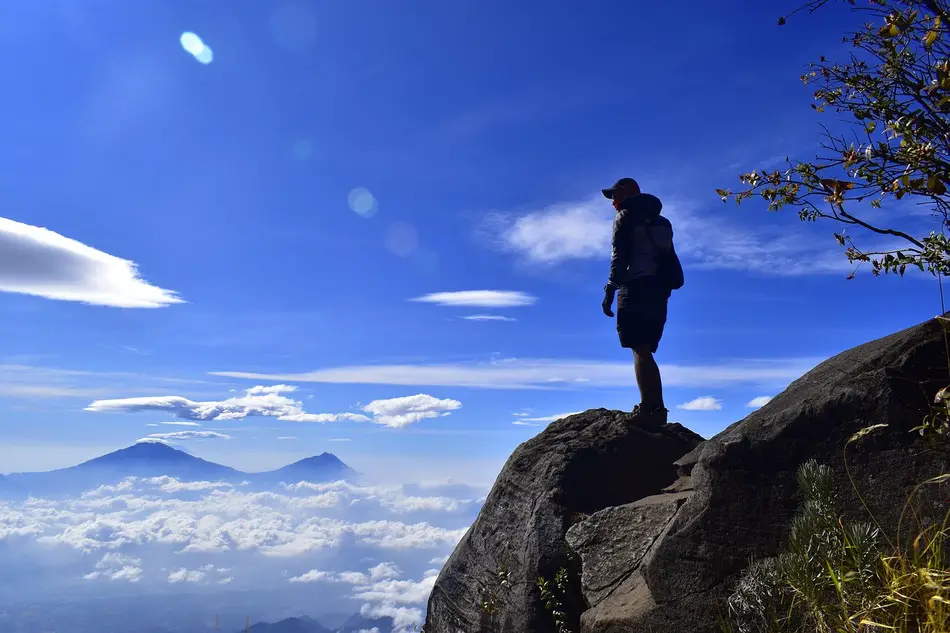Modern convenience doesn’t begin to describe the effortless way we live today. You can order anything to your home, which you don’t even have to leave if you don’t want to. However, if the power is knocked out, you lose the Internet, or just get stranded in the wilderness, you will fully understand the importance of basic survival skills. There are survival skills that everyone should know. With their help, anyone can mitigate a very bad situation so that it’s at least bearable, and in the worst case scenario, they could save your life.
From making a fire to building a shelter, these skills aren’t necessarily taught in your typical school classes, and with each generation, modern survival skills seem to become less and less important to learn. However, knowing how to take care of yourself in a bad situation is an important step for living on your own and meeting the challenges of survival when it’s all you can do.
So what are the basic survival skills? The short answer is knowing:
- How to find and purify water
- How to start fire
- How to make shelter
- How to navigate with or without a compass
- How find and prepare food
- How to treat injuries and wounds
But there is, of course, much more to know and learn. Let’s get into more details about these important skills that you should possess.
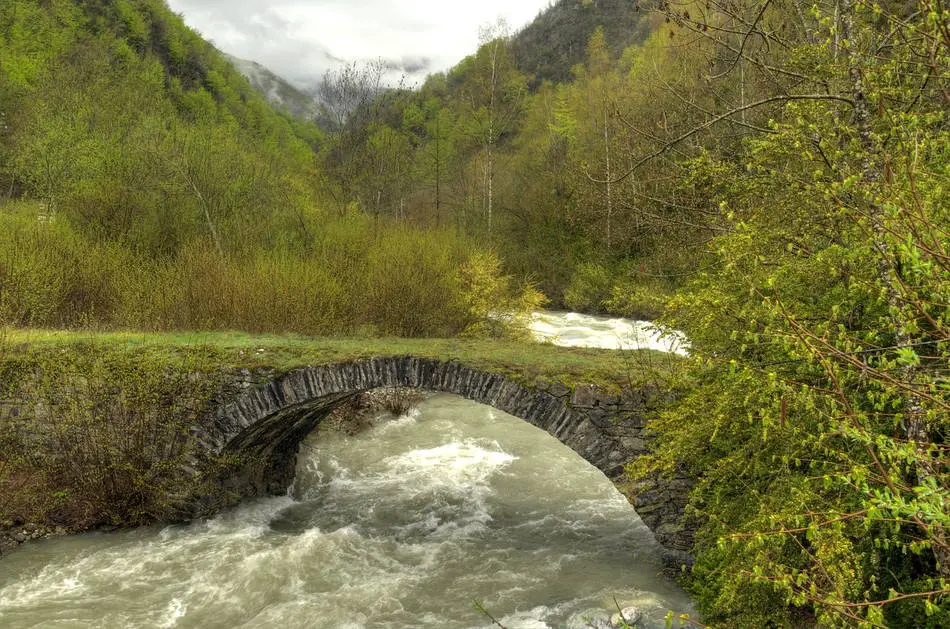
How to Find and Purify Water
Have you ever noticed in survival shows that water is the first thing that people look for? Nothing is more important when you are in survival mode than procuring clean, drinking water. Humans can actually fast and exist on nothing but water for a long time, as long as it is purified and healthy to drink. Without water, however, you are likely to die in the wilderness within a day or two. If the heat is extreme, you may die within a matter of hours.
So how do you find water?
Access the Terrain and Follow Gravity
If you are in a hilly area, water will always be found downhill. You can listen for streams and follow green patches, as well as animals. You can also count on finding streams in between crevasses where hills meet as well. If you can’t find a water source or you’re not in a hilly area, then you’ll need to keep your eyes open and explore the area as much as possible. You may hear water crashing on racks, or you may see areas lush with green vegetation and lots of animals nearby.
When water sources aren’t readily available, you can always dig a hole in damp soil, where you can typically find groundwater. This water isn’t the best, so you’ll need to build a fire in order to purify it.
Here is a video that explains more methods of finding water in the wild:
Don’t Just Guzzle Any Water You Find Either
Standing water is not always good for you. For one, it probably has a ton of bacteria and parasites. Water should be flowing at all times, and if it’s stagnant, there could be more problems for you if you just drink it without purifying it first. Malaria is one problem that is common in stagnant water, but there’s also dengue fever and amoebas. If you find a pool of standing water, you should only gather it as a last resort, and you shouldn’t drink it unless boiled first.
Purify Water If You Can
Boiling water isn’t that difficult when you have a stove, but if you are alone in the wilderness, then you’ll need to know how to build a fire and have a vessel to store it in. There are also tablets and water filters you can find at survival and camping stores that can be added to water to make it clean. If you are planning a trip of any kind outdoors, these can be vital essentials.
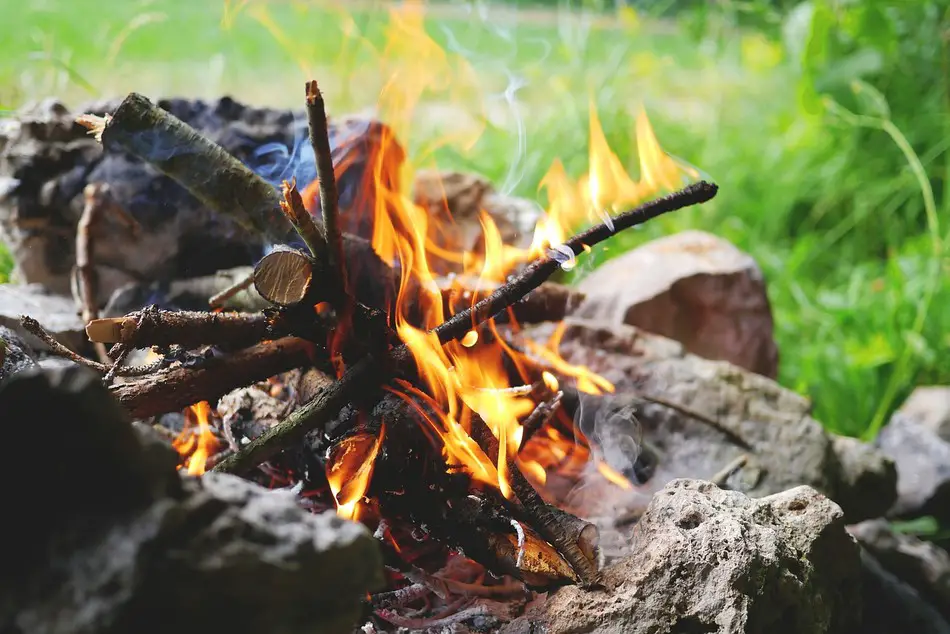
How to Start a Fire
Second to water is building a fire. This is one of the most important things you need to know to survive. Every person should know how to make a fire in an emergency situation, as it helps you boil water, stay warm, cook food while camping, scares predators, and can be used as a signal for help. Of course, if you are knowingly headed into the wilderness, you probably will have some kind of lighter. However, that’s not all you need. What if the lighter doesn’t work? What if you lose it? There are a thousand scenarios where you may one day have to build a fire without these modern conveniences.
What Makes Fire?
Most people have seen Tom Hanks move a twig against another twig to create friction and sparks, which is called the “hand drill” method. You can create a nest of kindling, such as dead grass, dry leaves, and bark. You’ll set the nest on a piece of wood. Create a notch in the center of the wood, then place another wooden twig’s end against the notch. Now, you’ll use your hands to create friction, spinning the twig back and forth between your hands. This does work, but it takes a lot of effort.
Do you have some sunlight and a pair of glasses? You can use your glasses like a magnifying glass and create heat against dead grass just the same way. Your glasses can create a concentrated beam of light that will ignite your kindling quickly.
Flint and steel sets are a part of survival kits because they can easily start a fire in a pinch. If you don’t have flint, you can also use your pocket knife (everyone survivalist should own one of these!) and a good quartzite rock. You can strike this rock with your blade to create sparks, using char cloth or your kindling nest underneath.
It is always important to know how to start a fire without matches or lighter.
Start with Dry Kindling
You should start with dry, crackled leaves and branches. These work best for kindling. You won’t be able to burn green leaves and other vegetation as quickly as dry, dead grass and leaves on the ground. After you get the fire going, you can use green leaves and other vegetation to make the fire bigger and brighter. For example, if you are trying to signal for help, then starting a fire and then cook green leaves above it to make the smoke travel in clouds.
Try a Small Fire First
A few little sparks in a pile of dead grass can start a raging bonfire quickly with a little coaxing and effort. Most people think that you have to gather branches and tree limbs to get a huge fire, but it’s actually the kindling that is driest and smallest that will create your first flames. To keep it going, you should add much larger kindling, such as branches.
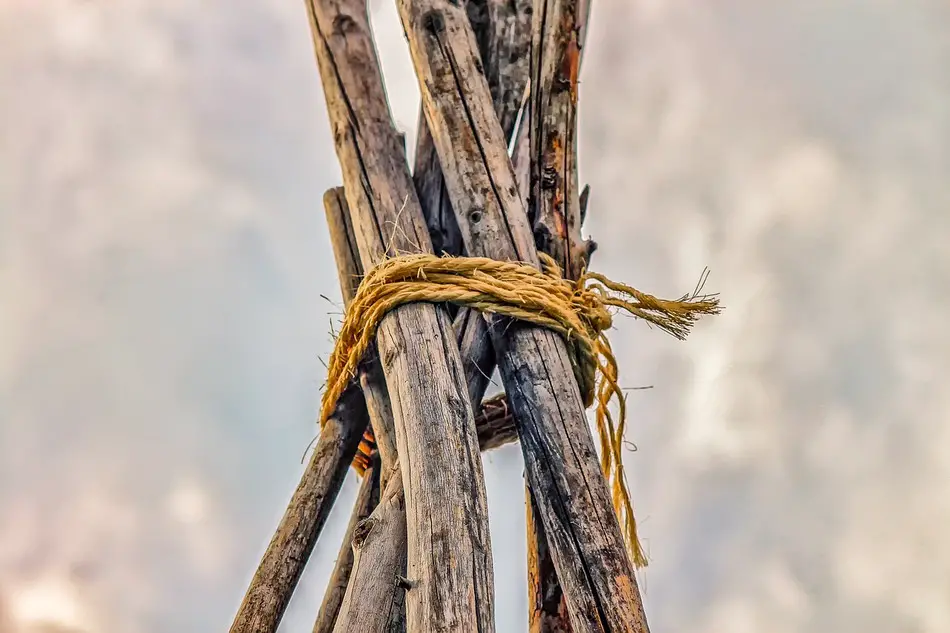
How to Shield Yourself with Temporary Shelter
With water and fire, you’ve gotten two of the most basic survival skills everyone should know. The next thing is securing a place to hide from the elements. Whether you need shade from the sun and heat, or you want to avoid the rain, having a shelter is pretty important to staying dry and out of harm’s way.
The way you build your shelter will always relate to your surroundings. If you can find rock formations and crevices, then you can build a lean-to, using the pre-existing structure as one wall. Fallen trees, large rocks, and rock walls are great ways to get started with your temporary shelter.
You can also build a teepee using materials like branches, leaves, and thick brush. These structures are typically built with large branches first. The basic requirements are that you have branches for poles. You’ll need more than 10 large branches to set up the teepee, as well as some clothing, brush, and leaves to cover the branches once you’re finished. Pocket knives or larger survival hatchets come in handy, as you’ll have to cut and create notches in the wood in order to create the basic shape of the teepee.
In addition to building a shelter, it also matters where you build a shelter. You don’t want to build one too close to water, as it could flood due to rain. You want to pick high and dry ground that’s within walking distance to water. You don’t want to keep your campfire too close to a dry structure either, as it could potentially catch fire.
If you wish to learn more about making shelter and other crucial survival skills, there is an excellent book that I wish to recommend: “Prepper’s Long-Term Survival Guide: Food, Shelter, Security, Off-the-Grid Power and More Life-Saving Strategies for Self-Sufficient Living”, available on Amazon. This book teaches how to survive in the worst circumstances, even if the society collapses. It tells how to collect water, forage and hunt for food, grow your own food, fortify your shelter, rebuild communities, and so forth. A must read for any survivalist.
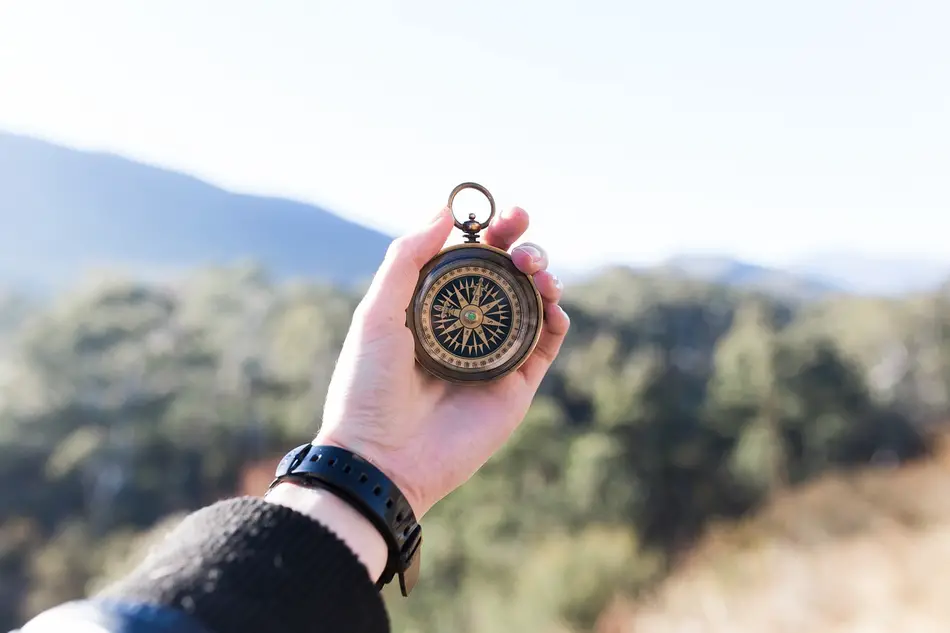
How to Navigate With or Without a Compass
So, you’re hiking, and you get separated. You’re now lost in the wilderness and don’t know how to get back to the path. While it may seem like a time to pick a direction and just start walking, you can get yourself in more trouble this water. The best option is to be smart and know how to navigate your surroundings just by observing a few things. Some of the best survival kits will include a compass and map.
Where’s the High Ground?
You can always go up to a lookout point to see where you are and how to get out of an area. This is the simplest way, and while not always an option if you aren’t in hilly terrain, it’s the best way to get a vantage point when you’re in doubt. You can also climb a small tree. These are just two ways to help you out of panic mode if you truly get lost and have nothing to help you find a way out.
What Does the Sun Say?
The sun rises in the east and sets in the west, right? This isn’t the best way to find direction, but it is better than anything else you’ve got unless there’s a compass in your pocket. You can make this easier by sing a long stick and sticking it in the ground so that it’s able to stand up straight out of the ground. Now, you can mark the tip of the shadow in the dirt. Now, you can wait a few minutes and check to see which direction the shadow moves with the sun. The sun should move to the east. Now you know east and west, making it easier to find your way back to the path, as long as you know where you started.
Speaking of the sun, you should also know how to read the weather for the sake of your survival – but that’s a different topic.
When in Doubt, Look for Water
Sometimes, panicking is the worst part about being lost. So, if you really need to focus your thoughts, just think about finding a water source. You can follow the flow of the river to find people along the same path. If you aren’t completely off the grid in an unknown land, you will run across someone who can help. At the very least, you can fill your water bottle up and keep yourself hydrated as you look for a way back.
Use Your Compass
Most watches and phones have a compass today. However, this is about foregoing modern conveniences. Still, if you are headed out into the wilderness, and you’re afraid of being lost, a compass is the first thing you should pack. Everyone should know how to read and use a compass, as well as how to choose the best compass. It’s basic survival skill everyone should know that will work without any power source, too.
A compass will always point north, so unless you have a map, you’ll need to know where you started to get back on track. One thing to note about a compass is that there is a “true” North and “magnetic” North. The difference is known as “declination.” Usually, this is a variation of 20 degrees. Every compass should be adjusted for declination before you go on any trip, as it pertains to the area and brand of the compass. Still, even if you haven’t adjusted for declination, a compass will help give you direction and point you in a general way to go if you are lost in place with a lot of cloud cover and no sunlight.
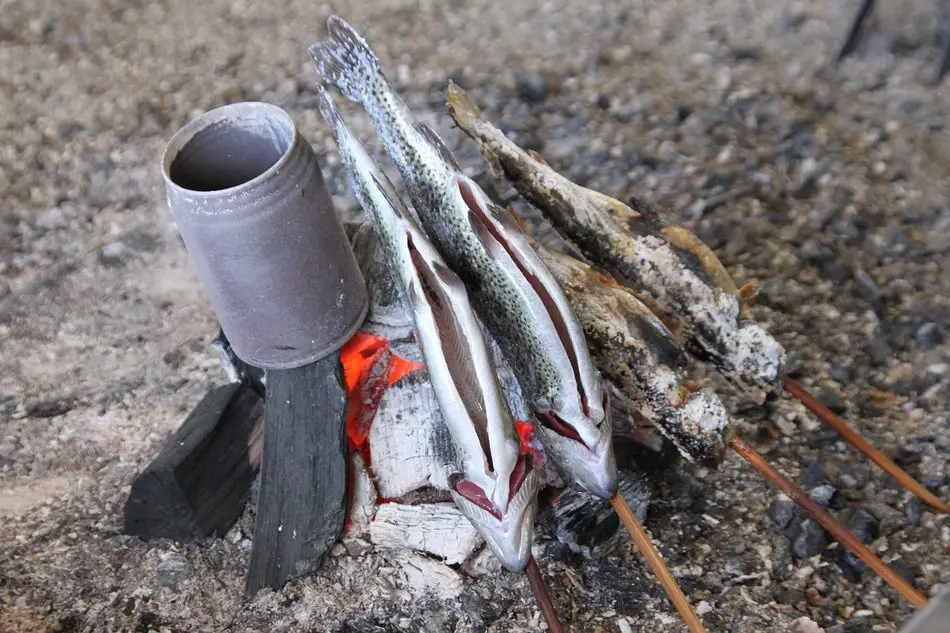
How to Find Food for Survival
If you were starving and surviving, do you know the difference between a poisonous berry and a nourishing one? Are all animals safe to hunt and consume in the wild? What insects are better to eat than others? There are a few methods for foraging for food that you should master if you are going to survive on your own.
How to Hunt Game on Your Own
If you have the ability to create a weapon, such using your pocket knife (or an actual survival knife) on the end of a branch like a spear or even whittling a spear point out of wood, you’re on your way to hunting small fish and game. It takes very little to craft a spear to kill small game. The problem is that you can waste a lot of energy hunting and chasing small game, and if you go after larger animals, you risk injury and possible death. For that reason, you should be careful when you hunt game and only go after creatures that you can easily spot and capture.
Set Up Traps
Of course, the best way to capture small animals and fish is to just use traps. You can build a small game snare for capture mice and squirrels. It costs far less energy and effort to use a trap, as long as you have the right materials.
Try Fishing First
Where there is water, there is likely fish. If you can fashion a spear or line and hook, then you can find some good protein to eat. You can dig in the ground for worms to attach to your hook and set up a line. This costs a little amount of energy, but it could lead to a bigger pay off than chasing much smaller game that can easily escape up a tree or into a hole. Of course, in certain areas, you may have to deal with other predators, such as alligators.
Foraging for Food
You won’t get the same nourishment from eating berries and bark, but you also won’t spend as much energy trying to get it. Mushrooms and certain berries are very poisonous, so it’s best if you stay away from these unless you know for certain that it’s not poisonous. You can familiarize yourself with local flora and fauna beforehand before going on a trip. Books like “Edible Wild Plants Field Guide” are a great resource for these types of trips. These are typically included in the best survival kits. Here are some common plants to look for when foraging:
- Chickweed
- Wood sorrels
- Rumex acetosella
- Common dandelion
- Cooking banana
- Cattail
- Chicory
- Red clover
- Fireweed
Once you have the food, you can cook it – here is a guide on cooking while camping.
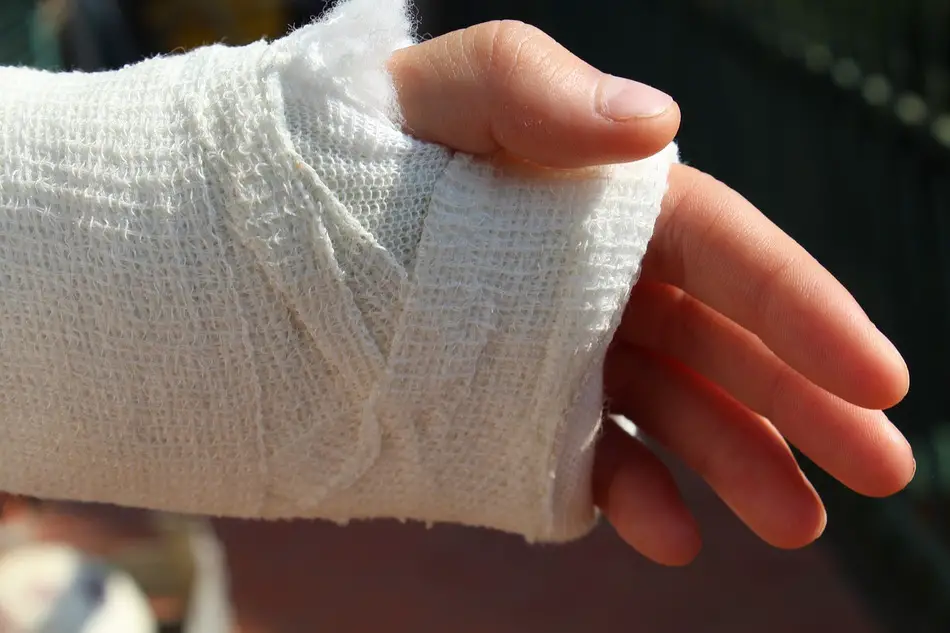
How to Dress a Wound
Inevitably if you are surviving in the wild, you probably will get a scratch or other injury that should be taken care of immediately. These are basic modern survival skills that don’t use any type of technology to help whatsoever. If you are lost, you probably don’t have access to emergency aid, but you should also bring along first aid kits if you know that you are headed into the wild. Some of the best survival kits can save your life.
Close the Wound
Open wounds will cause more problems due to bacteria, which will cause infection. You can use your clothing as a bandage to close it, or you can cauterize the wound if it’s quite large and won’t stop bleeding. You’ll still need to get to emergency aid quickly, as cauterized wounds can still cause problems and infection.
Bandage Carefully
Most people don’t realize that they can lose a limb by tying a bandage too tightly, even when it is bleeding. You never want to tie a bandage too tightly for long periods of time, such as a tourniquet, unless it is a life or death situation, and you’re losing a lot of blood. In addition, you should change bandages regularly. As dirty or old bandages will also lead to bacteria and infection.
Binding a Broken Bone
You should create a brace with a tree branch or twig and some cloth. This is called a splint as well. You should never try to reset a broken bone unless you have medical experience doing so. You could make the fracture even worse.
There is much more to treating injuries and dealing with medical situations under extreme circumstances. If you wish to feel more prepared, then I would strongly recommend getting “The Survival Medicine Handbook: A Guide for When Help is Not on the Way” from Amazon. This is a thorough guide that prepares you for any disaster, when help is not expected to reach you, and you must deal with wounds and injuries on your own. This is not just a first aid book, it has answers to every critical condition you might face and offers effective ways to treat a malady, including alternative remedies.
Final Words
I hope I have pointed you in the right direction, and now you know what skills you need to master in order to survive. But, of course, your survival education doesn’t stop here. There are more advanced things you need to know to survive, such as starting fire without marches or knowing how to navigate by the stars. A true survivalist always remain curious, always learns new things and new angles to the things that she or he already knows. I invite you to browse this entire blog and learn more, so that you can always be prepared! Start from the article that lists the necessary traits of the survivalist, it lists all survival qualities that you should develop.

